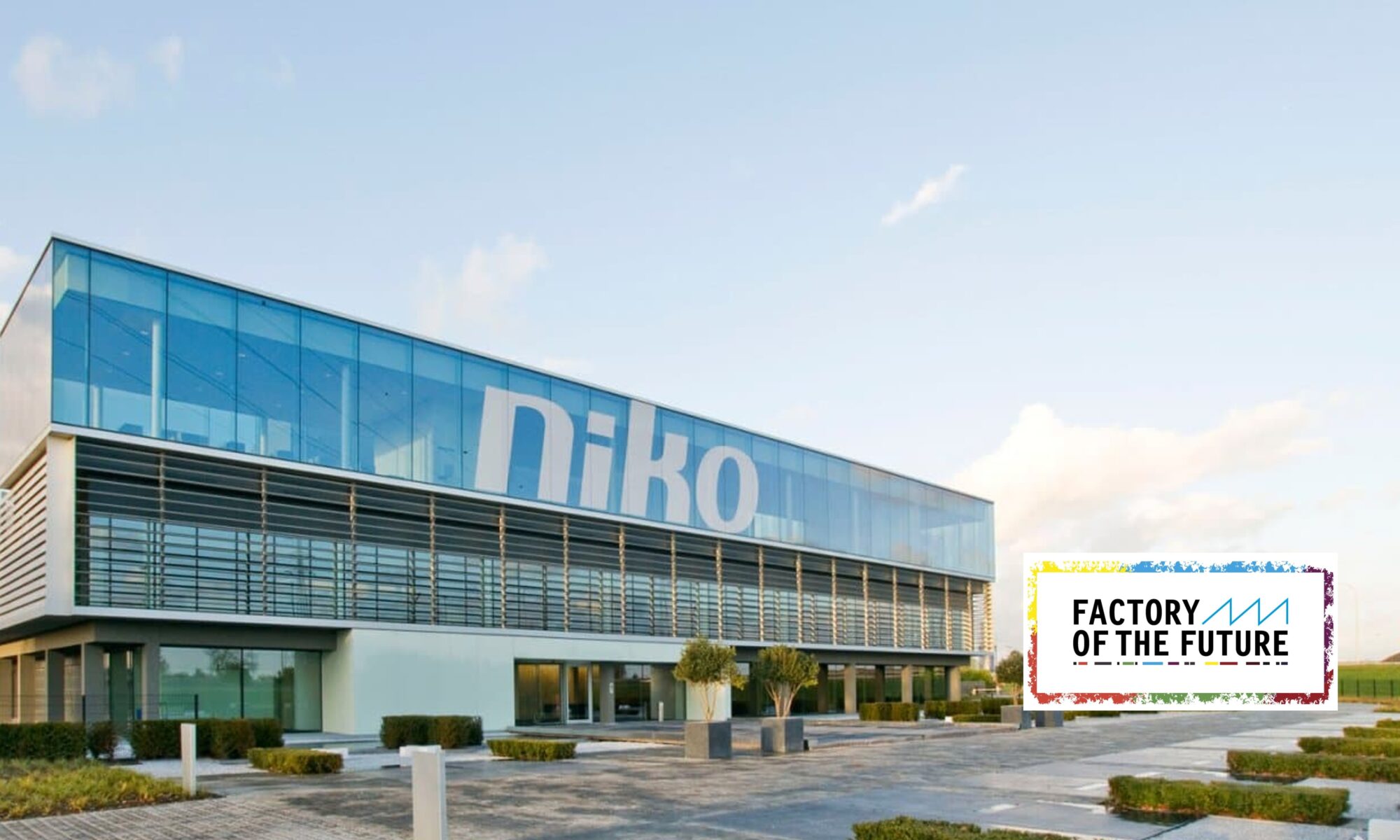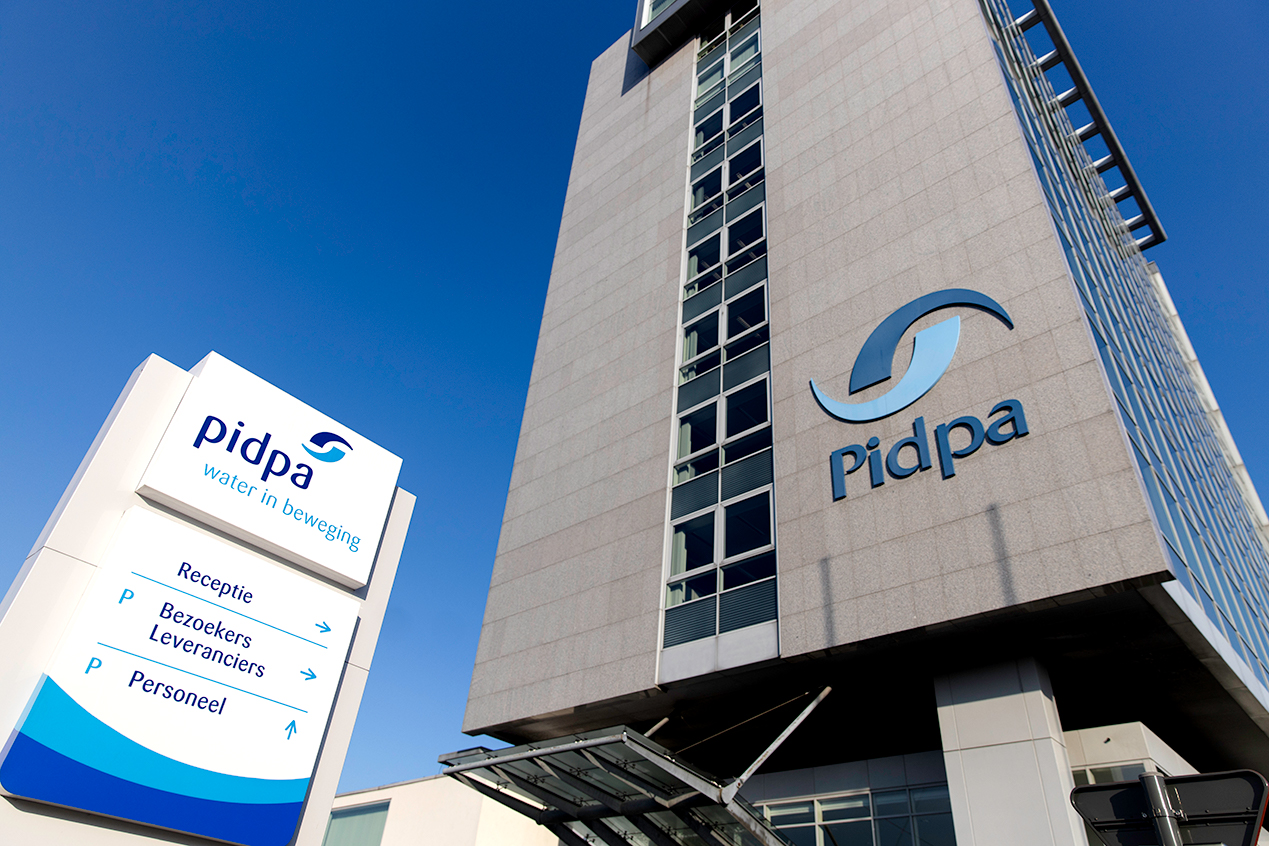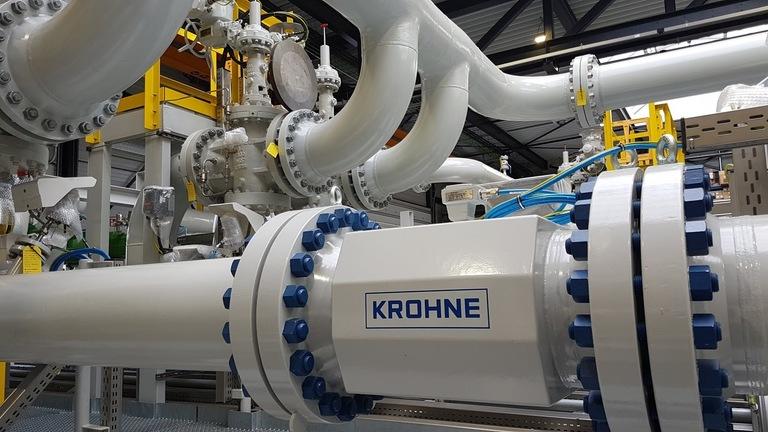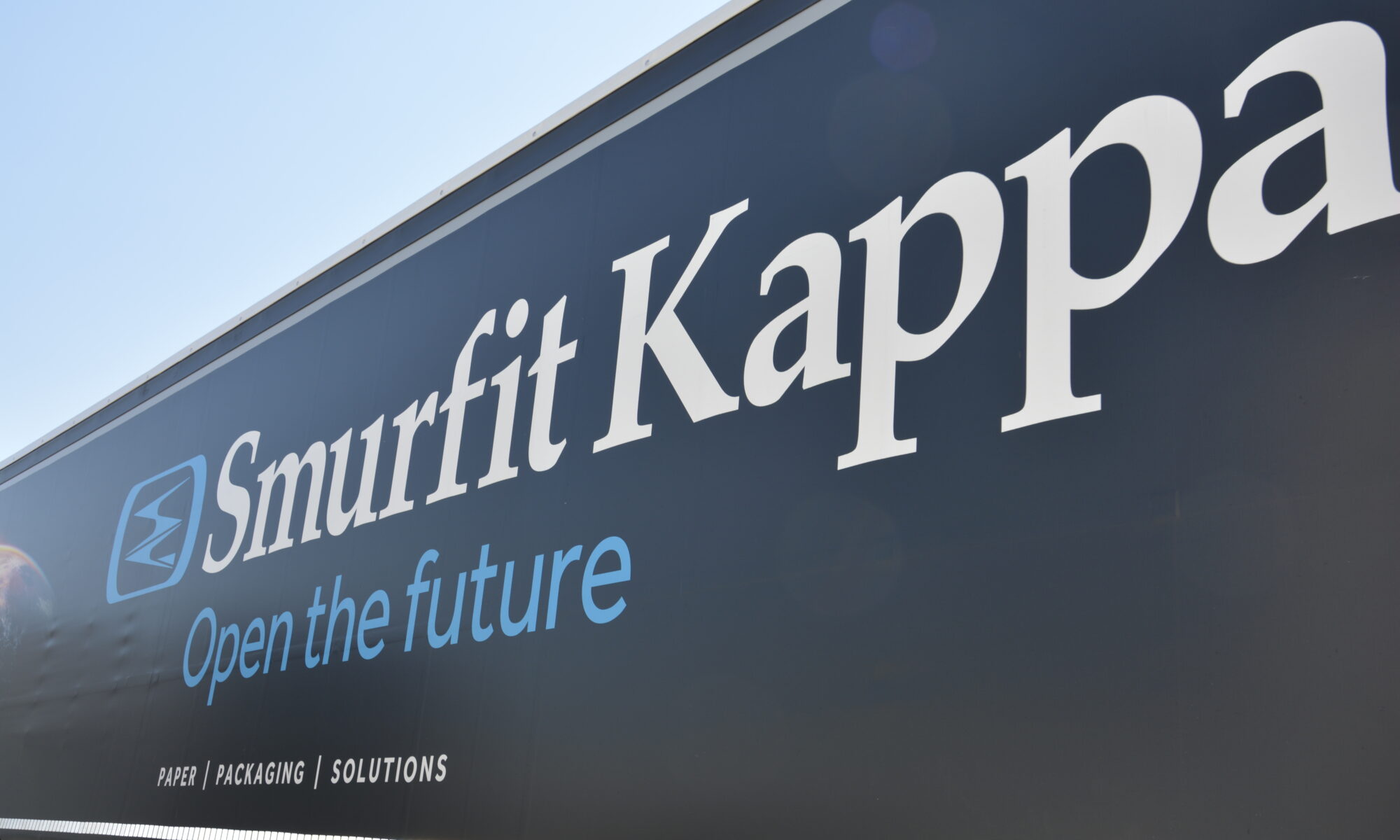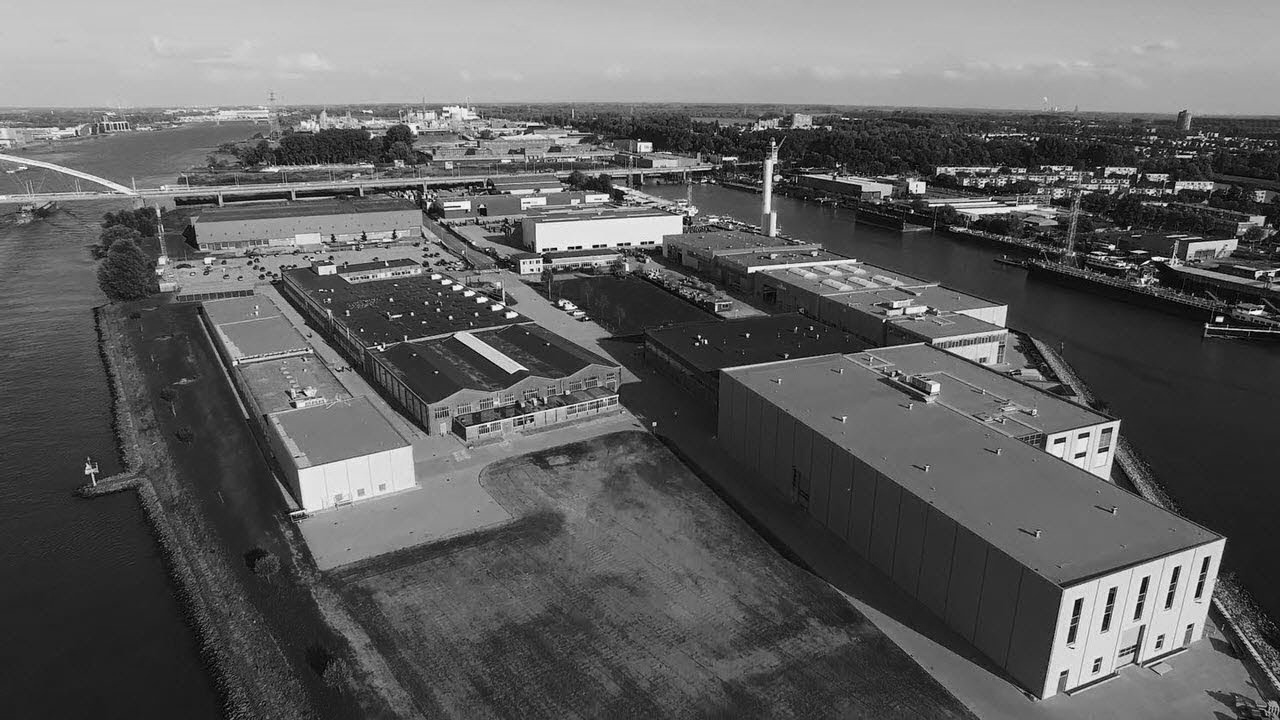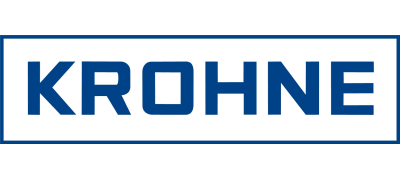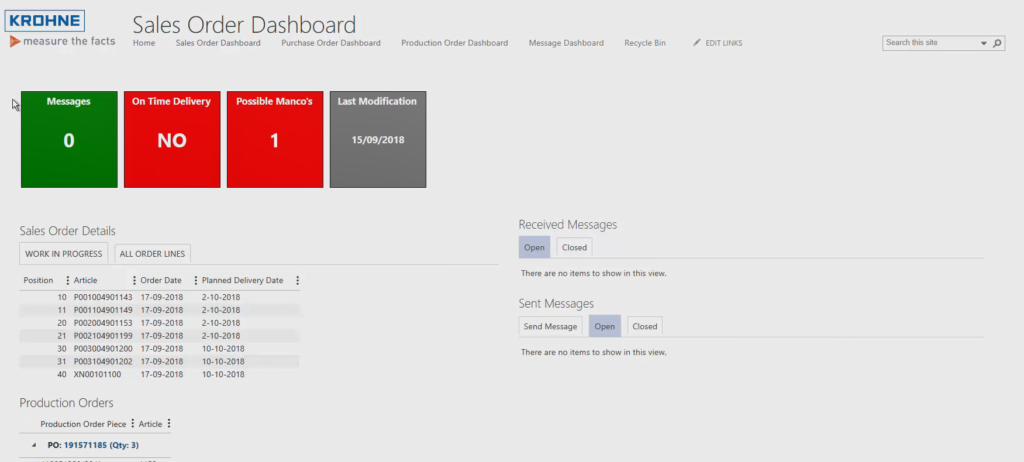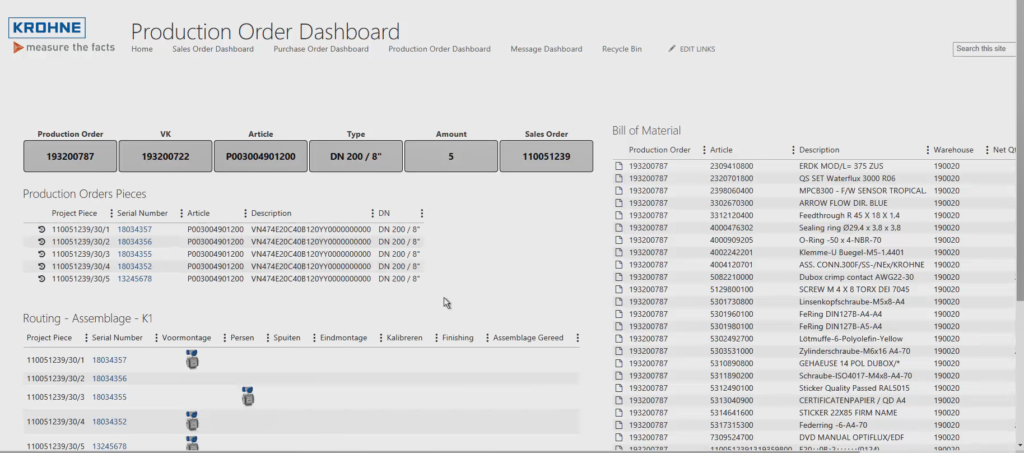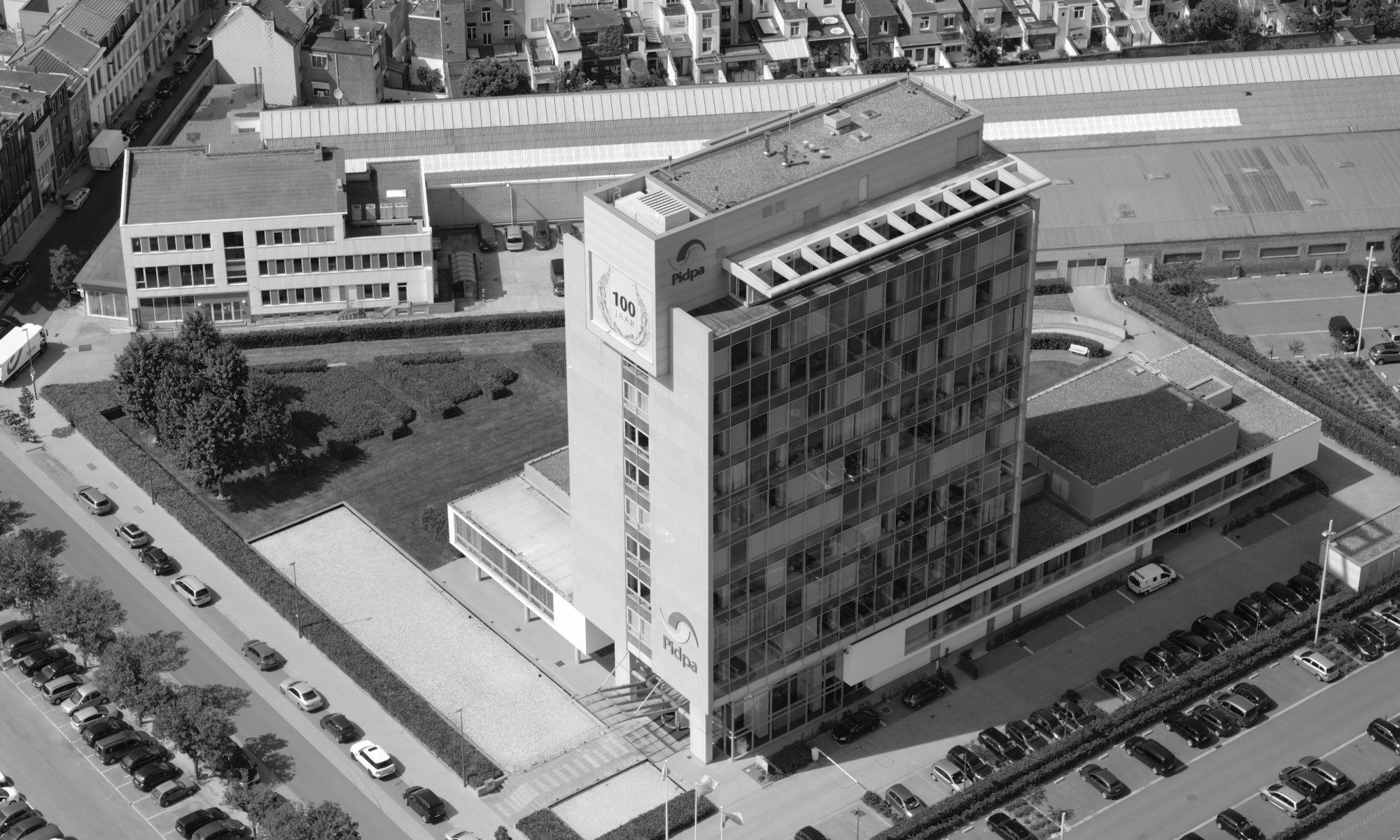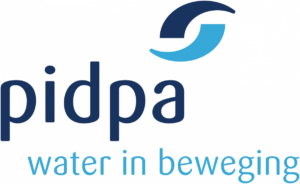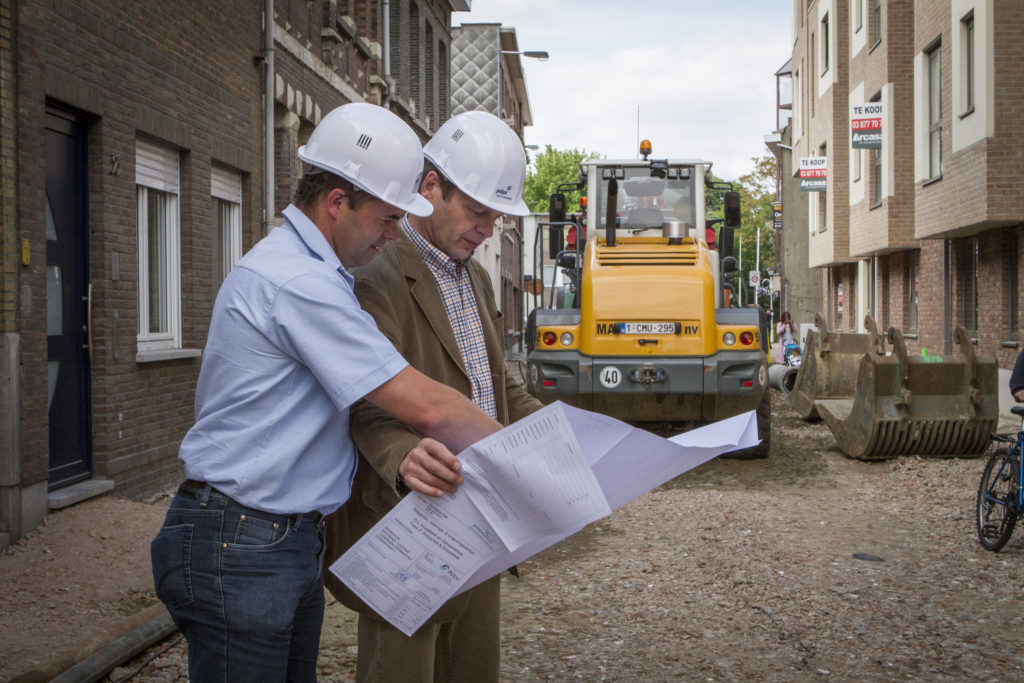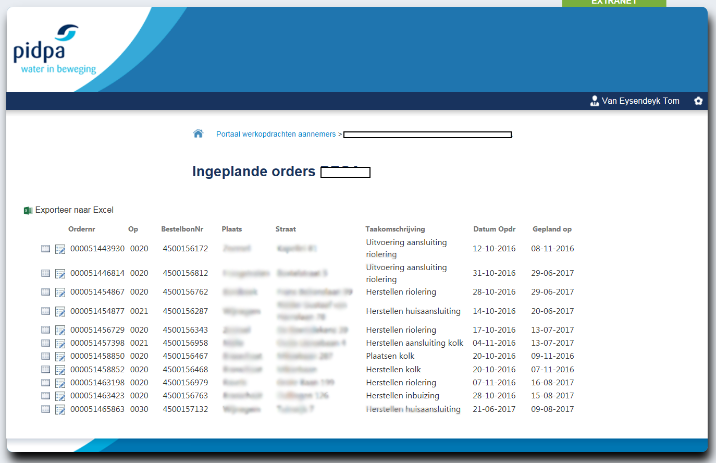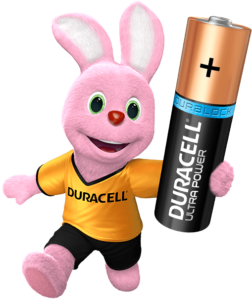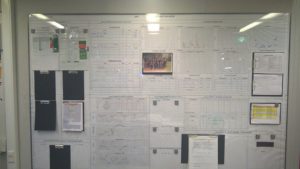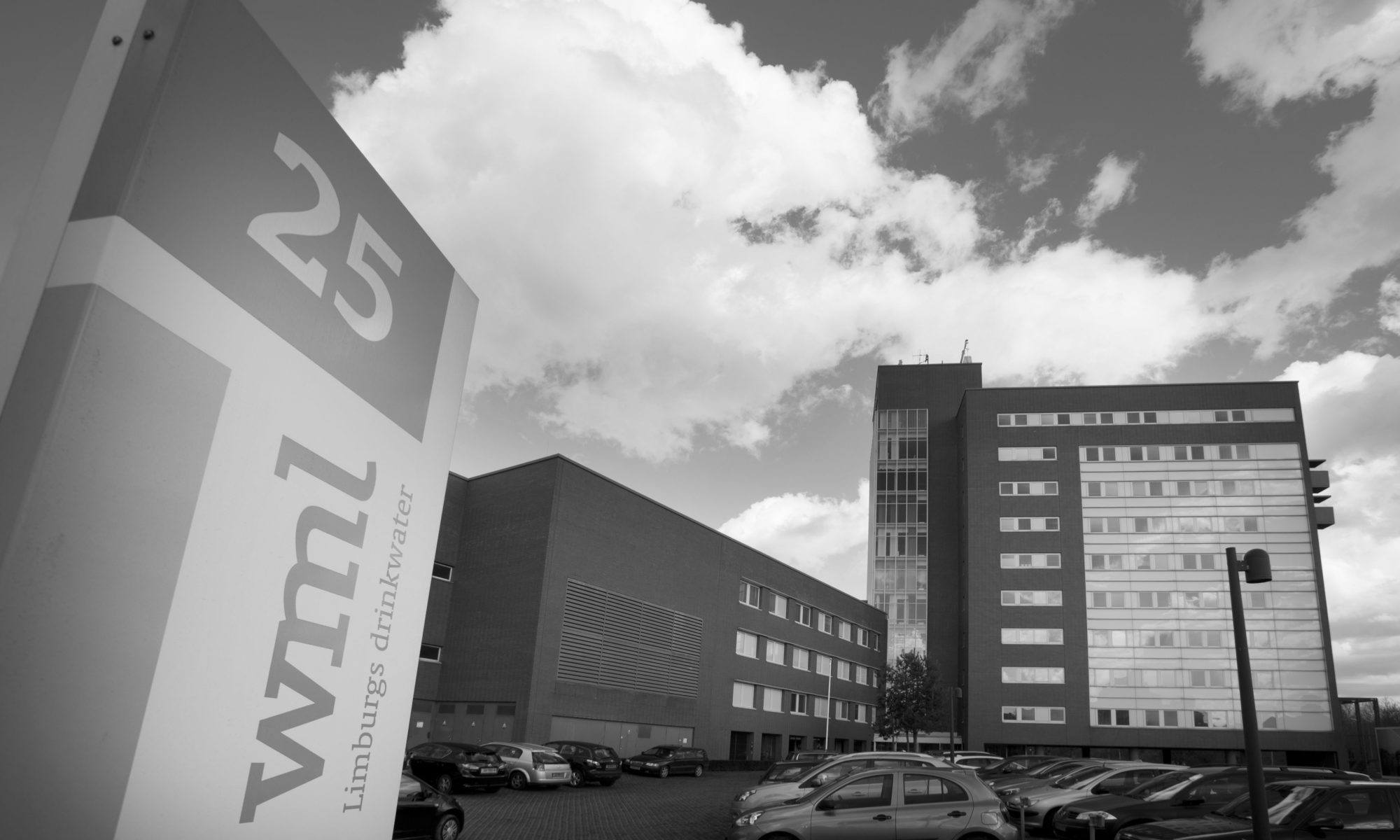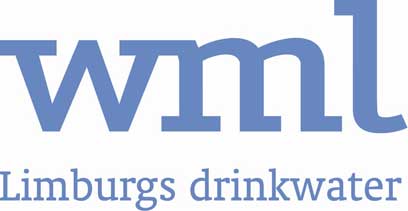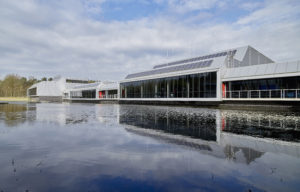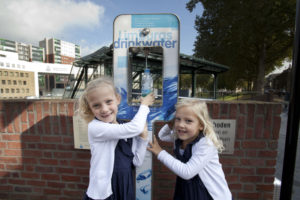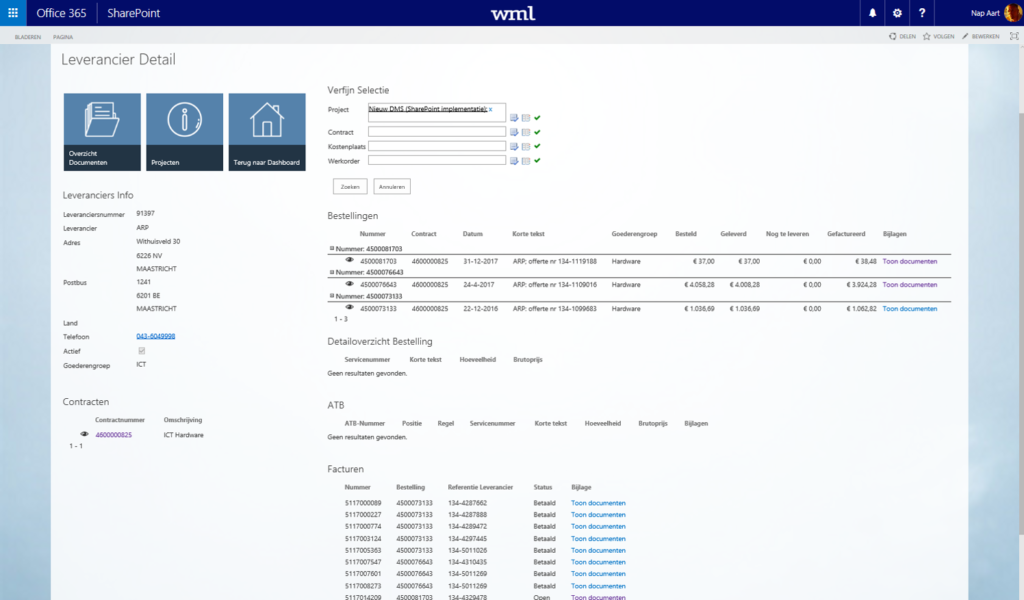Due to significant automation, robotization, and digitalization, the complexity of the production process has greatly increased in recent years. In implementing the new MES system, Niko emphasized self-reliance, simplicity, and full integration of all processes into one system.
In Niko’s current system, about ten critical systems are used, such as SAP, API-Pro, document management systems, LabVIEW, and various databases, each with its own interfaces. Communication between these systems was often a task for the operator, who was increasingly burdened with complexity.
With the introduction of the Digital Production Assistant, Niko also simplifies the tasks of its employees, as the assistant itself follows all systems, makes suggestions, and synchronizes multiple systems with a simple input. The Digital Production Assistant is an integrated software system with a uniform interface used on all machines and for all processes in the factory. This allows operators to work more autonomously and follow the production process at all stages themselves.
Uniform operator screen for all machines
The new system at Niko offers operators a uniform screen that provides access to all necessary functionalities for each machine in the factory. This includes an overview of current orders, tasks for upcoming orders, material issuance, control loops, and more. In addition, current order statuses are displayed, along with suggestions for resolving any interruptions, based on trained models. By planning the next orders in real-time based on recent warehouse receipts, priorities, and changeover time, efficiency and productivity are maximized. Importantly, the standardization of interfaces via opcua for all stations simplifies the setup of new machines, based on templates new machines are added. The result is that training an operator for one machine is suddenly training for all machines.
First Aid for Downtime (EHBS)
The EHBS system allows operators to provide feedback after technical failures, enabling other operators to act quickly and independently in similar situations. A model is trained for each machine so that EHBS (First Aid for Downtime) is based on past experiences. This means that the system suggests the most plausible solutions to problems based on past success. The operator can also validate their own solutions, while the system continues to develop by continuously collecting and processing feedback.
Realtime planning of orders/tasks per machine
Order planning at the machine level happens in real-time with a pull system. When a machine detects that the current order is almost complete, the system considers recent warehouse receipts, priorities, sales order information, and changeover costs to calculate the most efficient production order. This is similar to a GPS system calculating the shortest route. The assistant makes planning suggestions, but the operator retains control and can confirm the choices based on the real-time suggestions. This optimizes production and allows for quick adjustments on the shop floor.
Realtime quality control
The system uses an OPC UA interface to communicate in real-time with every machine on the floor. This allows the system to continuously monitor process, production, and product parameters and detect deviations. Quality checks are triggered based on various factors, such as the start of a new production batch, a specific number of produced units, or anomalies in process parameters. Operators receive a standardized questionnaire from the digital assistant, compiled in real-time based on defined control criteria. This streamlined approach ensures that the quality of the production process is monitored and maintained in real-time.
DOM (daily operation meetings) on realtime data
For daily operational meetings and shift changes, there is no longer a need to search for data. At each meeting, data such as Overall Equipment Effectiveness (OEE), downtime with causes, production status, and any backlogs automatically appear on the screen. This makes last-minute reporting unnecessary. The collected data can be directly discussed with the team, resulting in a streamlined and efficient transition between shifts. This data serves as input for further analysis and action planning, promoting continuous improvement and setting actions for optimizing the production process.
Plant Management
The Plant Management provides an overview of factory data at various levels, allowing priorities to be set and decisions to be made based on real-time information. This tool enables operators, team leaders, shift leaders, and plant managers to zoom in on specific details and zoom out for a broader context. The real-time aggregation of data eliminates the need to manually manipulate data to get an accurate picture of factory activities. With the Plant Management Control Tower, backlogs against the plan in SAP can be tracked in real-time, and responsible operations and machines can
